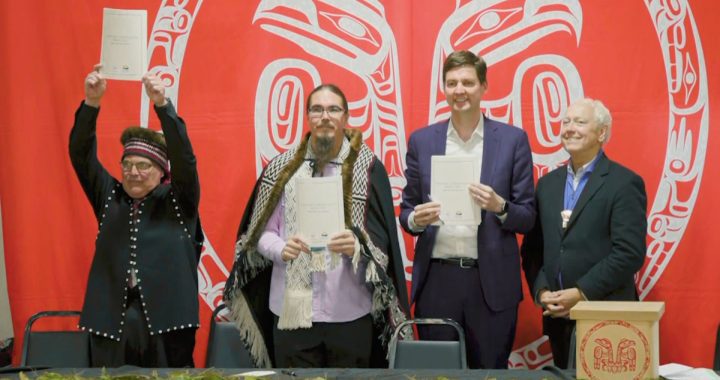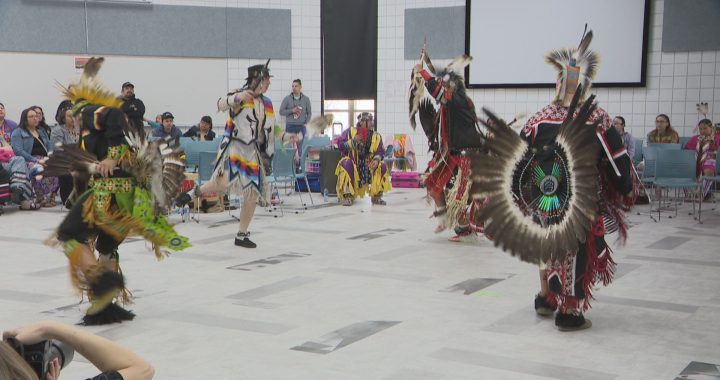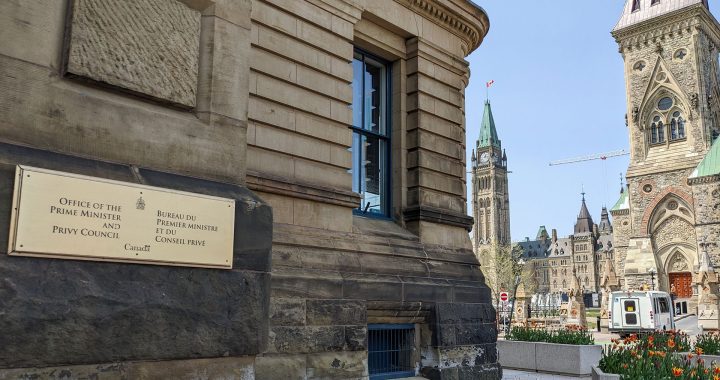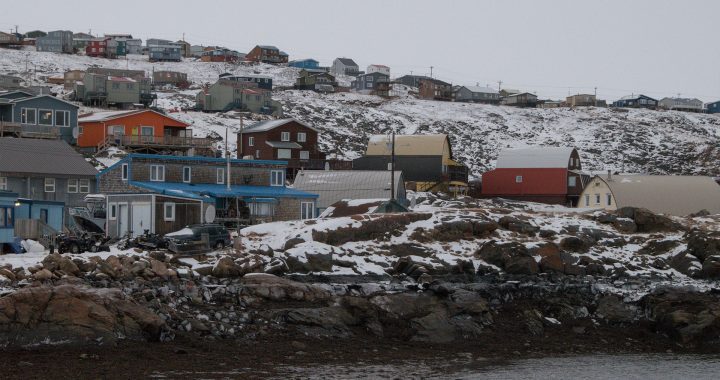First Nations conservationists say that Indigenous stewardship of the land will be essential to meeting the UN’s climate goals and plan to firmly plant that message at the upcoming environmental meetings in Montreal.
Indigenous leaders held a press briefing on Nov. 30 to discuss Indigenous conservation efforts and their hopes for the upcoming UN biodiversity conference, COP15.
COP15 will draw leaders from across the globe to Montreal Dec. 7-19 in Montreal “to agree to a new set of goals for nature over the next decade,” according to the UN’s website.
About one-fifth of the 50,000 species in Canada listed in the Wild Species 2020 Report are considered to be at risk. On a global scale, the World Wildlife Fund found that wildlife has declined by 69 per cent over the past 50 years.
Amid these grim statistics on biodiversity loss across the globe, hope can be found in Indigenous Peoples, according to panelists Stephanie Thorassie, Valerie Courtois, Gillian Stavely and Ashley Menichoche.
“It’s been proven time and time again that lands that are managed by Indigenous communities have more biodiversity because we know how important it is to protect large, intact landscapes,” said Gillian Stavely is the director of land stewardship and culture at the Dena Kayeh Institute.
Almost 90 per cent of protected areas created in Canada in the past two decades have been led by Indigenous Nations, so the federal government has started funding Indigenous Protected and Conserved Areas, or IPCAs.
Stavely said she is helping lead the work of her people, the Kaska Dena, to protect Dene Kʼéh Kusān, an area the size of Switzerland free of roads, power lines, and development in northern British Columbia.
“We will be protecting intact areas of land, ten major watersheds, and endangered species like the northern mountain caribou. But we’re also going to be preserving our way of life,” she said.
Thorassie of the Sayisi Dene First Nation is the director of the Seal River Watershed Initiative, which is the largest proposed IPCA in Canada, spanning 50,000 square km in northern Manitoba.
“Every area in the [Seal River] Watershed that the water touches is the way it’s been since my great-great-great grandparents used to walk and follow the caribou,” said Thorassie.
“When you go and you spend time out on the land, you can take your cup and you can drink it right from the lake. There are not a lot of places like that that still offer this to its people.”
Menicoche, regional coordinator for the Edéhzhíe National Wildlife Area and Dehcho Protected Area an IPCA that covers over 14,000 square km in the Northwest Territories, said Dehcho Dene people have been protecting Edéhzhíe’s unique ecosystem since time immemorial.
“The Dehcho Dene are the keepers of the land, the water, and the wildlife that were given to them by the creator and the responsibility for upholding the Dene laws and the direction of our Elders to protect Edéhzhíe,” she said.
Valerie Courtois Courtois, an Innu and director of the Indigenous Leadership Initiative, hopes Indigenous land guardians’ value will be recognized at COP15.
“We are looking for partnerships with state governments that recognize our nationhood. We’re not necessarily a recipient of a program,” she said.
“We are partners who have just as much of an interest in ensuring that the return on investment from those funds is maximized. And we care about the outcomes because our own very future as peoples is at stake.”
The panelists said they hope countries will sign off on the 30 by 30 commitment — to designate 30 per cent of the Earth’s lands and waters as protected areas by 2030.
Canada, along with other countries like Costa Rica, the United States and France, is a member of the High Ambition Coalition — countries that have committed to the 30 by 30 goal ahead of COP15.
Stavely hopes 30 by 30 will hopefully lead to more funding for Indigenous land guardians.
“That target is a really important tool for motivating countries to partner with Indigenous nations, but it’s also a very important lever for us as indigenous communities to be able to advance our own vision for our people and for our land and for the future of our communities,” said Stavely.
Menicoche and Stavely said the COP15 could provide an opportunity for other countries to take a page out of Canada’s book.
“This target creates an ambition for the governments to invest in development strategies for conserving lands and waters in Canada. We’ve seen it create space for Indigenous leadership that’s like what we’re doing. It can do the same in other countries,” said Menicoche.
“One of the biggest things that I really want to see happening in Montreal is that people see IPCAs and land guardians as something that can be highlighted and utilized on a global scale,” said Stavely.
Courtois said the 30 by 30 target is a start, but countries need to be even more ambitious in their conservation efforts.
“Western science is saying that in order to protect the biodiversity values of many of these landscapes, that conservation rate should be somewhere between 40 per cent and 70 per cent. So even though the target seems big, it’s actually not enough, in our opinion,” she said.
“It’s just enough to get us down the road.”
Thorassie says that regardless of COP15’s outcome, Indigenous Peoples will continue working to protect their lands.
“It’s a time right now where we’re hoping that this dialogue is changing and that the voices of our peoples are starting to be heard,” said Thorassie.
“We’ve been saying for such a long time that protecting these lands is important for all of these reasons. And now the world is finally starting to catch up a little bit.”









